The growing of succulents, both outdoors and indoors, has been a constant for eras. Firstly, The larger bolder species that grew in solidarity were bred in the outside environment. Further, the more subtle tinier kinds were reared within the confinements of a household.
These exotic plants are a vital part of the flora group, and there is an infinite selection to choose from. We have the big species such the Agaves, the smaller ones as the Jade plants. There are the plain-janes greenies like Aloe Vera to the vibrant red sorts like the Desert cabbage and the Campfire plant
Different cultures grew these beauties for infinite reasons. However, we shall highlight a few reasons to consider growing succulents.
Reasons to consider growing succulents
If you’d like to grow your succulents outdoors in climates not too friendly for succulents in the Winter, here is a great article about growing succulents in a poly tunnel.
Food and garnishes
Some succulents are grown as a source of food for both humans and animals. Edible succulents come in varying tastes, the sour, tarty and tangy types used in small quantities for stews and soups. And the saccharine and tender flavors used as garnishes and salads. Well, despite their intimidating aura that may dictate otherwise, the edible species are quite favorable.
For instance, the succulent Cuban oregano is one of the succulents used in the flavoring of meat and vegetable stews. Its characteristic overpowering taste dictates that one uses it in small quantities.
Additionally, fruits produced by some succulents like the Hylocereus are edible. The Dragon fruit from this plant is a strawberry-colored fruit with a very creamy white delicious pulp under its skin. The Purslane is yet another succulent that is cherished in the culinary world. Its palatable sour taste rich in omega-3 fatty acids, vitamins and minerals is an excellent addition to your salad.
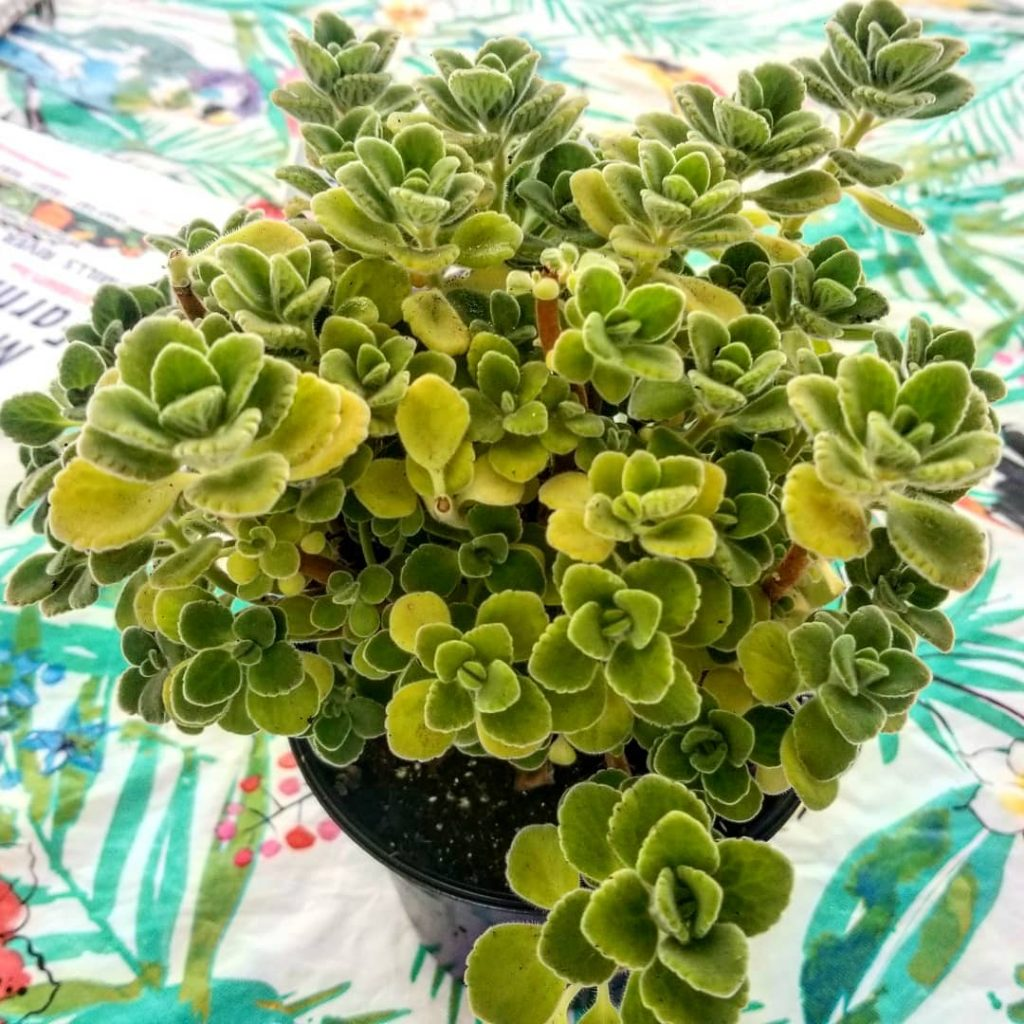
For Medicine
Having an all-natural first aid kit in your backyard or on our window sill sounds like a fantastic idea, right? We certainly do not wish for anyone to get burnt, but if they are, an Aloe Vera succulent can come to your rescue. The gel found in between the leaves epithelium comes as medicine to both soothe and heal burns.
The aloe vera has also been extensively used in the making of cosmetic prescriptions to combat several skin defects. The Rhodiola Rosea succulent consists of chemicals that make teas used for stress relief, mood relaxations and hormonal balancing. This species and many more also make drugs for cancer and degenerative diseases prevention. The remedies also promote the brain, heart and sexual health.
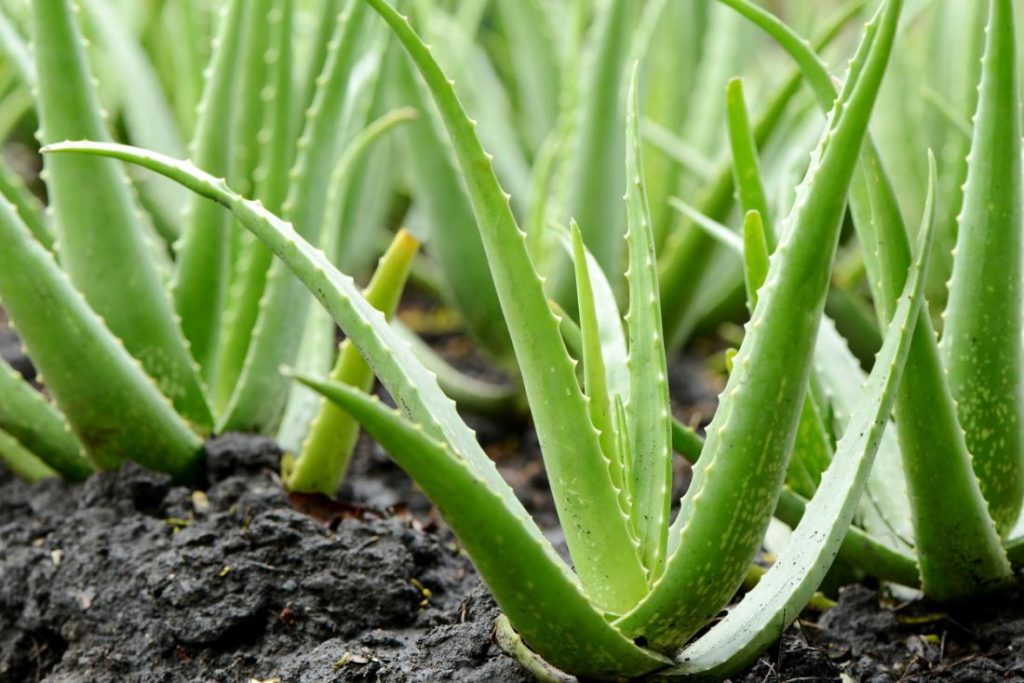
Aesthetic value
The very appearance of succulents makes them a reason worth keeping. They range from the pure green sorts to the extrinsic bright cloured ones. Some have simple leaf patterns, and some possess intricate leaf patterns deserving an award. Fascinating varieties contain unique physical features such as spikes, cascading stems, pearl-like parts, just to mention a few. Others have erect features, while some gracefully crawl on the ground surface.
Furthermore, the different colored flower-like leaves are indeed a spectacle to behold. Every crop within this family of the flora of succulents looks good on any surface. Succulents extend their gloriousness to an owner adding brightness, cheer and character on a rather dull spot.
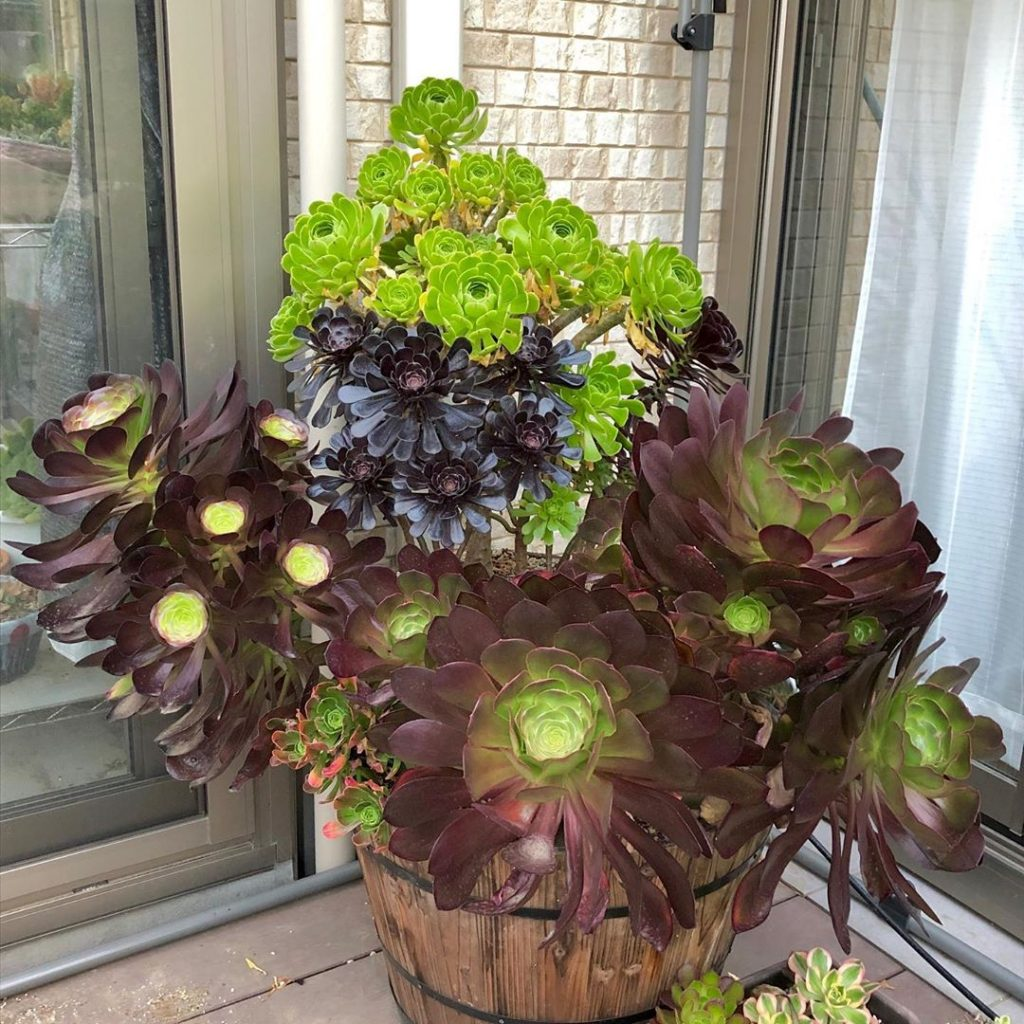
Different cultures around the globe have been rearing some species for individual beliefs. For instance, the Chinese people believe that growing the Jade plant is excellent radiance and charm.
Evident of its common name the money tree, they believe that it brings about a constant flow of cash within the household. Such plants were found in plenty on alters and other places of worship to symbolize the continuity of life, resilience, fortune, and prosperity.
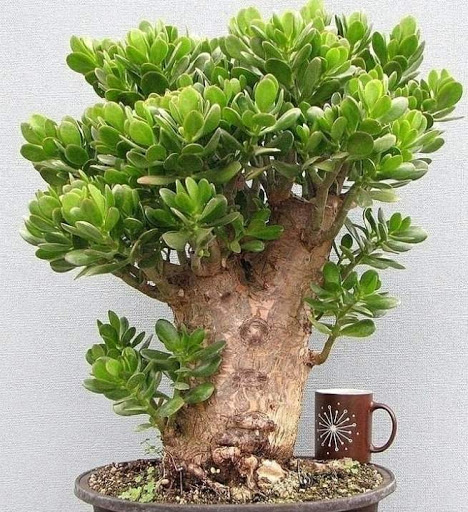
For eco-friendly purposes
If you are a farmer and face the problem of soil erosion by water or wind, then you should consider growing trailing succulents for ground cover. Trailing types multiply at a fast rate above ground. And underground, they develop deep non-invasive root systems. These roots hold on tightly to the soil particles, moreover preventing soil erosion.
Indoor succulents help purify the air, keeping it fresh and clean. Indoor confined spaces are prone to the build-up of some toxic particles that linger within the air. To reduce the concentration of air pollutants from ovens, household detergents and the likes, one may grow succulents. The Aloe vera, the Janet plant and the Snake plant are some of the few that aids air purification.
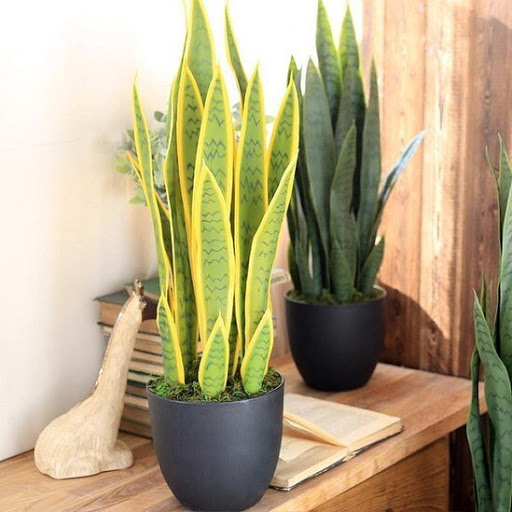
Xeriscaping project
Xeriscape landscaping is the gardening method specially designed for areas susceptible to drought. Or a landscaping process where you aim to use the least amount of water to irrigate. And what better plants to grow than succulents. Not only do succulents need little water, but their overall maintenance practices are at a minimum. The cactus, for instance, are succulents that would do particularly well in such a garden. Consequently , their drought-resistance abilities qualify them to be the best candidates for your xeriscaped terrace.
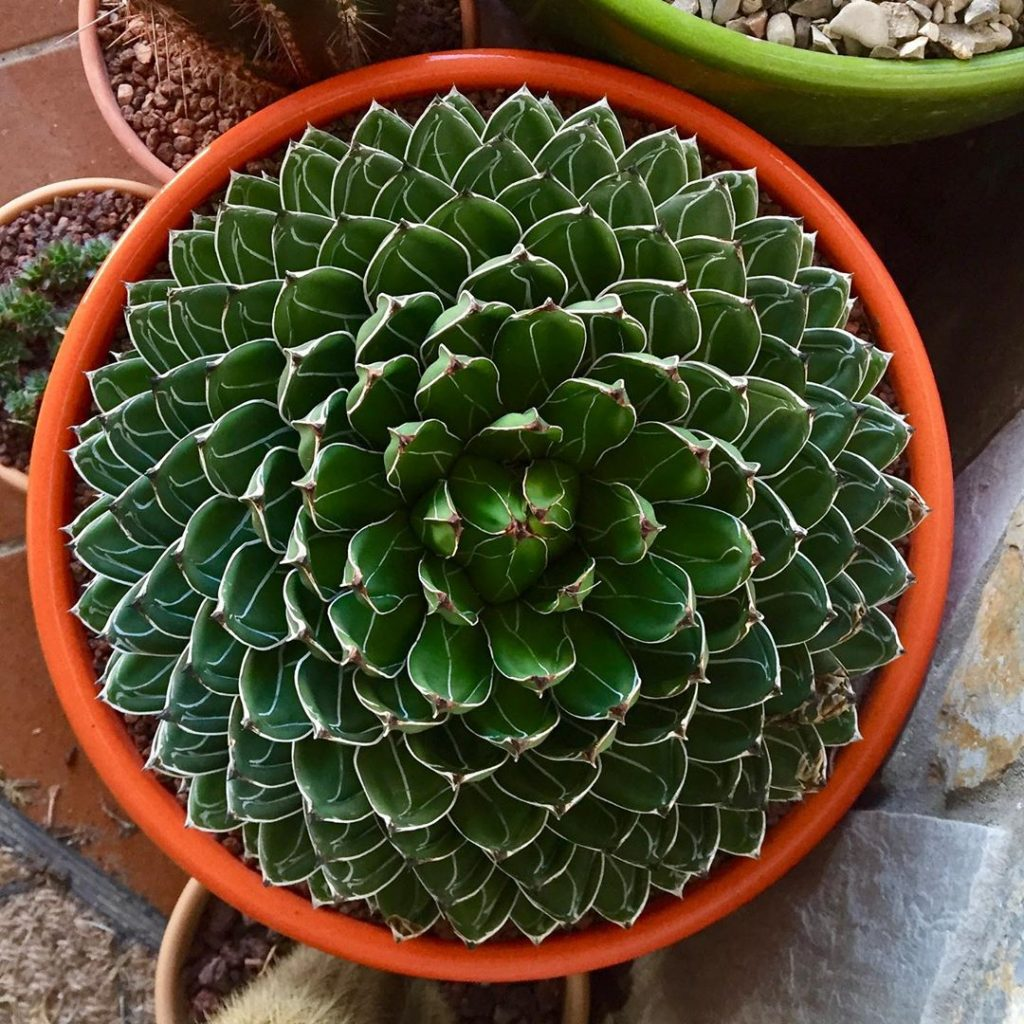
For weed control
Most horticulturists could utilize succulents as a weed control measure. Trailing succulents actively grow and create a dense bed with their foliage.
The full coverage on the soil makes it hard for any weed to develop as space and nutrients are limited. Notwithstanding, the growth of any unwanted plant will die in such conditions.
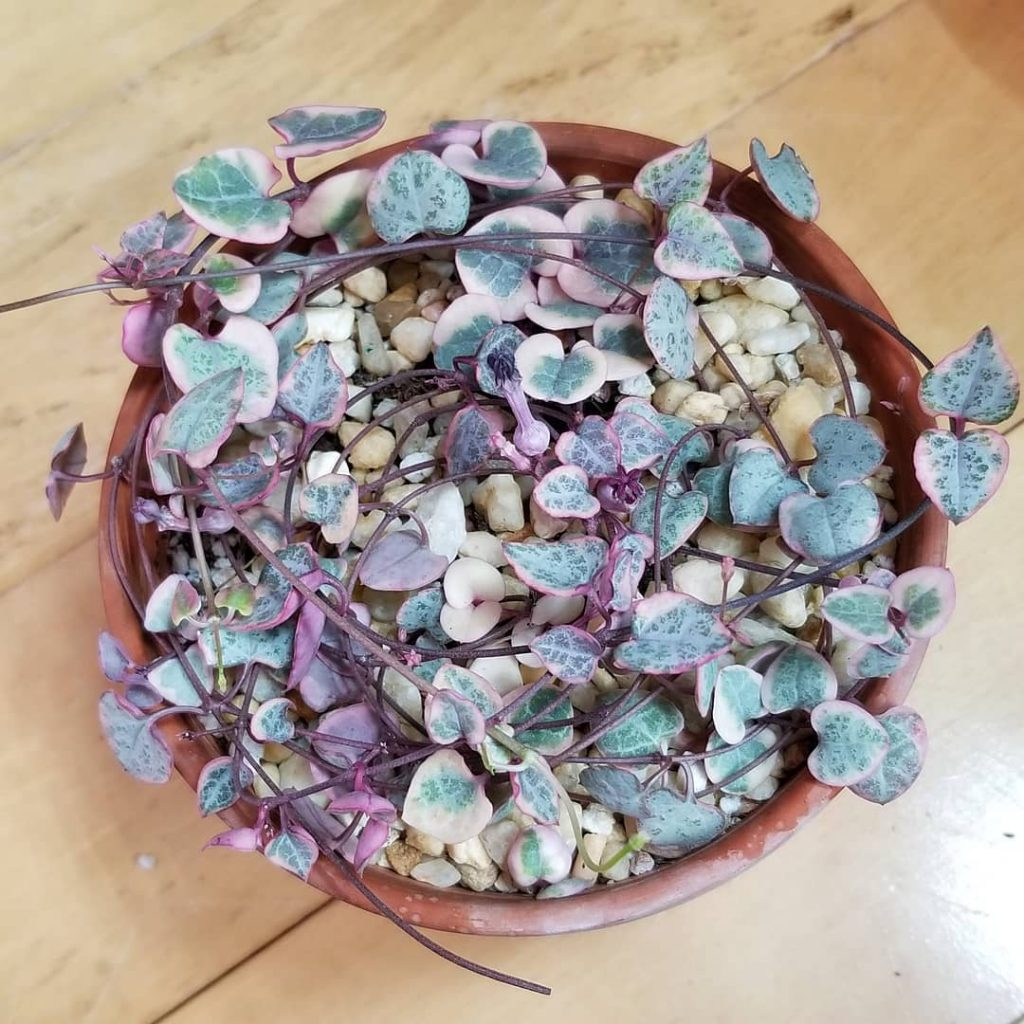
Trailing succulent: Variegated String of Hearts
For commercial purposes
Succulents can also be grown commercially in large scale to be used in the manufacture of a couple of things. Some succulents of the Agave species are bred for the mass production of sisal fabric. Others like the Aloe vera are also kept for the manufacture of face creams and other cosmetics sold commercially.
Keeping succulents on a large scale can also be a remarkable business idea for you. The very succulent species you choose to grow can be sold to generate an income. Instead of outsourcing them, you will now be the source.
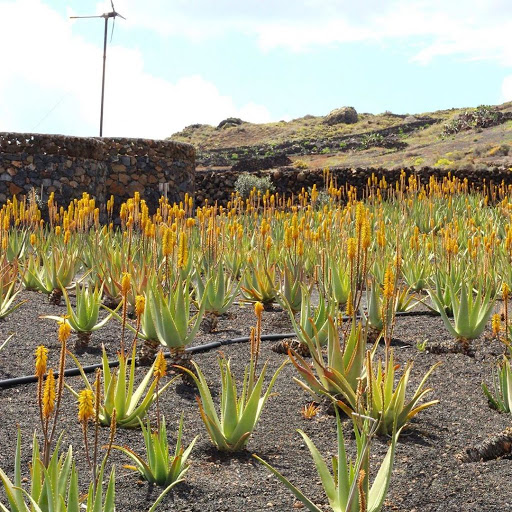
Aloe Vera grown for Commercial Purposes
Create a home to useful insects
With an alarming rate of global warming due to deforestation, a lot of animals are becoming homeless day in day out. The small animals are the most affected kind as most people never talk about their benefits but always focus on their bad qualities.
Yes, most pests are indeed insects, but not all of them. Certainly, some varieties are very advantageous and down-right essential for the very existence of most plant lives. Such insects are bees, butterflies and ladybugs, among others. They do aid in the pollination process, ensuring continuity.
As a result of keeping a garden full of succulents, you do give the above- mentioned insects a place to call home.
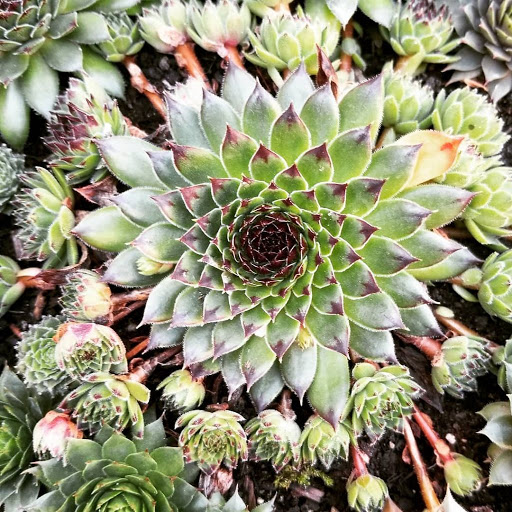
Growing succulents
What other reasons for growing succulents do you consider? Let a comment below to let us know!
Author’s Bio: Akash is a life enthusiast who loves to write about gardening and succulents. He also loves to travel and explore the lesser-known.
